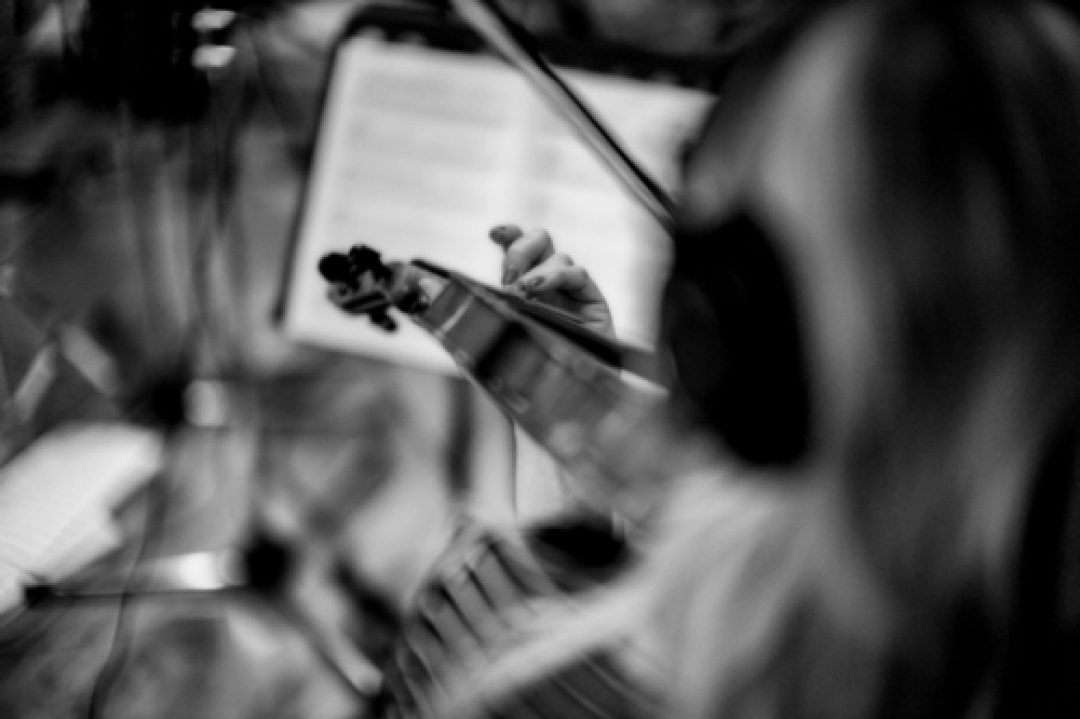
Strings and Things | Leica M (Type 240) Leica 50mm Noctilux-M ASPH f/0.95 | BARRIE GLEDDEN
I’ve been working on this project for over a year now and the strings are the last instruments to be added before mixing. Over the last 12 months I’ve become close to the details in each of these songs but, for the string players, today will be the first time they have heard the tracks. I love the sound of real strings but I’m not wanting to record strings on this project simply because I like the sound of strings. A good string arrangement can bring a new level of emotion to a track that would be difficult (perhaps impossible) to achieve in any other way. Will these players be able to provide the emotional drive I’m asking when all they are given is a musical score to play? Where does musical emotion come from? Can it really be reduced to a few lines and dots on a score? This would suggest that the pitch, rhythm and dynamic information contained in the score is all that is needed to create successful and emotional music. Human interpretation of the score is key. Computers can accurately reproduce the musical notation from the score time and time again without error, but when a group of musicians perform this written information, the sound becomes an audio flux, each player applying their own subtle interpretation to every moment whilst simultaneously listening and reacting to the evolving music around them, the score then comes to life……
See on barriegledden.co.uk
